The Trump administration took a major step late yesterday toward opening previously off-limits areas of Alaska’s Tongass National Forest to old-growth logging, releasing an environmental study that supports the change.
The final environmental impact statement sets in motion regulatory moves the Department of Agriculture must make to exempt all 9.37 million acres of designated roadless areas in the Tongass from the Roadless Area Conservation Rule, a national framework dating to 2001.
Groups following the issue said they expect Agriculture Secretary Sonny Perdue to approve the full exemption as the administration has consistently supported and as requested by Alaska’s governor and other elected officials.
The final EIS now moves to EPA for a 30-day review, after which Perdue can make a determination.
The final environmental statement veers little from a draft released last October. The agency made minor adjustments, such as identifying areas that had been logged during a short period when the forest was exempted from the roadless rule during the George W. Bush administration. Adjustments to roadless area maps added about 30,000 acres from what was originally designated in 2001, the agency said.
The final version also removed a reference to an expected assessment of the potential effect on endangered species, saying that type of examination would come only when specific projects are proposed.
“Since there are no anticipated effects that would influence threatened or endangered species, preparing a Biological Assessment is not necessary,” the agency said. “Biological Assessments may be prepared for site-specific actions proposed in the future, as appropriate.”
Alaska officials and the Trump administration say that the roadless rule stymies potential economic development in timber and other natural resources, and that the great majority of the Tongass isn’t open to, or suitable for, logging and won’t be affected. The president has himself been involved and was widely reported to have pressed Perdue for a full exemption after a conversation with Alaska Gov. Mike Dunleavy, a Republican, last year.
A timber industry representative called the move a positive step.
“The Administration’s actions today are a first step towards correcting top-down decisions which set aside over 85 percent of the forest from active use,” said Bill Imbergamo, executive director of the Federal Forest Resource Coalition.
“The Forest already has almost 6.5 million acres of wilderness and national monuments, and nothing in the exemption changes that,” Imbergamo said. “Application of the 2001 Roadless Rule to the Tongass was never appropriate, and we look forward to seeing a return to rational management of portions of this forest.”
Proponents of lifting the rule, such as the Resource Development Council for Alaska, pin much of the timber industry’s decline in southeast Alaska on the restrictions.
“The one-size-fits-all rule has caused extensive damage to the economic and social fabric of Southeast Alaska communities and has decimated the forest products industry,” the development council told Perdue in a letter. Others pressing for an exemption include the Alaska Forest Association, representing timber interests, as well as the Alaska congressional delegation.
Environmental groups today criticized USDA’s moves and predicted a legal challenge if the department follows through, although they acknowledged that undoing the regulation could prove an uphill fight.
“We will sue when the rule is finalized, as sure as the sun rises in the east,” said Randi Spivak, public lands director for the Center for Biological Diversity. A court challenge could, at a minimum, delay the administration’s move.
‘Bad for people’
Aside from legal challenges, supporters of the roadless rule are watching for any intervention by Congress or administrative moves should Democrats win the presidency in November, said Patrick Lavin, Alaska policy adviser for Defenders of Wildlife.
And while Perdue can make a final decision in 30 days, a delay isn’t out of the question, Lavin added.
Other opponents of lifting the roadless rule said expanded logging would sacrifice southeast Alaska’s growing recreation and tourism industries for the benefit of a shrinking old-growth timber industry. According to the Forest Service, half of southeast Alaska’s medium-size to large sawmills closed between 2000 and 2017, and the number of jobs tied to Tongass timber tumbled from 125 in 2002 to 61 in 2017.
“This is bad for people, bad for a sustainable economy and bad for wildlife,” said Andy Moderow, Alaska director for the Alaska Wilderness League. “Put simply, we should stop spending our taxpayer dollars to destroy public lands and all they provide for us in the Tongass National Forest.”
The 16.7-million-acre forest, the biggest U.S. national forest, is one of the last remaining intact temperate rainforests on Earth. Scientists and environmental groups point to its role in sequestering carbon and thus potentially slowing the effects of climate change. The forest stretches about 500 miles north to south and 120 miles across.
In the environmental statement, USDA said the roadless rule isn’t necessary to protect the Tongass.
“The USDA and Forest Service believe the 2001 Roadless Rule prohibitions on timber harvest and road construction/reconstruction can be adjusted for the Tongass in a manner that meaningfully addresses local economic and development concerns and roadless area conservation needs,” the department said.
Lifting the roadless rule won’t quickly lead to any logging projects, which the agency said would still need to go through the environmental reviews and public comment periods required of such work. And the final EIS reiterated earlier Forest Service assertions that timber harvest volumes won’t change from the long-term Tongass forest plan that’s been in place since 2016.
Instead, the agency said, lifting the restrictions would open areas that have been unavailable, giving the Forest Service more flexibility to find cost-effective timber supplies. Some 168,000 acres of never-logged forest that were deemed unsuitable for harvest under the roadless rule would be deemed suitable, as well as 20,000 acres of young growth, the agency said.
The watchdog group Taxpayers for Common Sense estimates the Forest Service loses millions of dollars a year on Tongass timber sales, although timber industry sources say that’s partly due to the legal challenges frequently filed by environmental groups (Greenwire, Sept. 2).
While the administration’s move tilts toward old-growth harvests at the outset, it adheres to Forest Service plans to gradually transition to young-growth areas that were logged decades ago. Old-growth harvest will outpace young growth for the first decade, the Forest Service said.
Other development
In pressing against the roadless rule, Alaska officials have said the move isn’t strictly about timber. Easing the restrictions could help development of hydroelectric power, mining or other industries, supporters say. The Alaska Miners Association asked Perdue in a March 2019 letter to exempt the Tongass.
But mining would see little effect, the Forest Service said, although it said geothermal projects could be allowed.
“The Tongass has no recent or current leasable mineral activity and the demand for leasable minerals is expected to remain low,” the agency said in the EIS. “As a result, changes in designated roadless management are expected to have limited impacts on mineral development.”

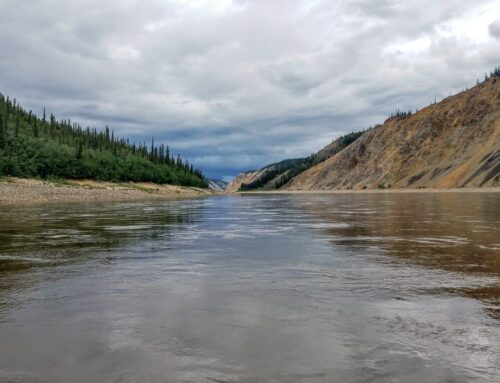
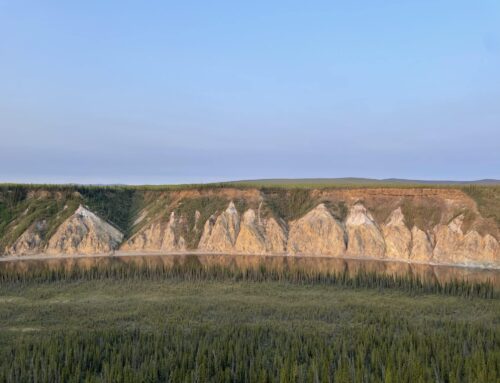
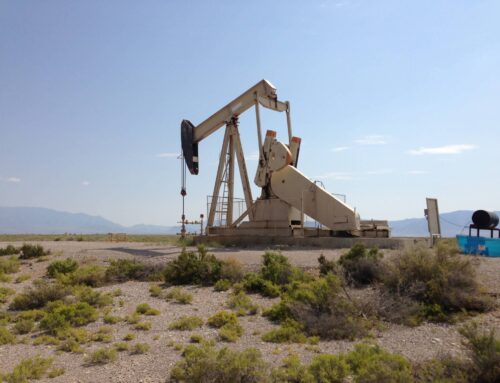

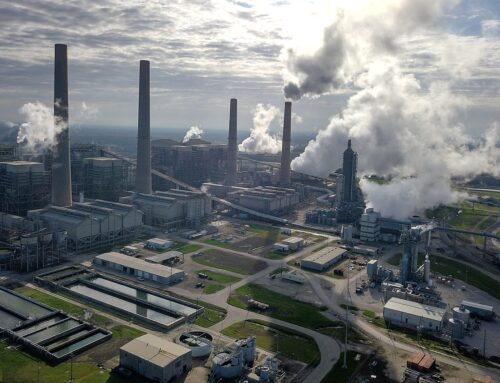



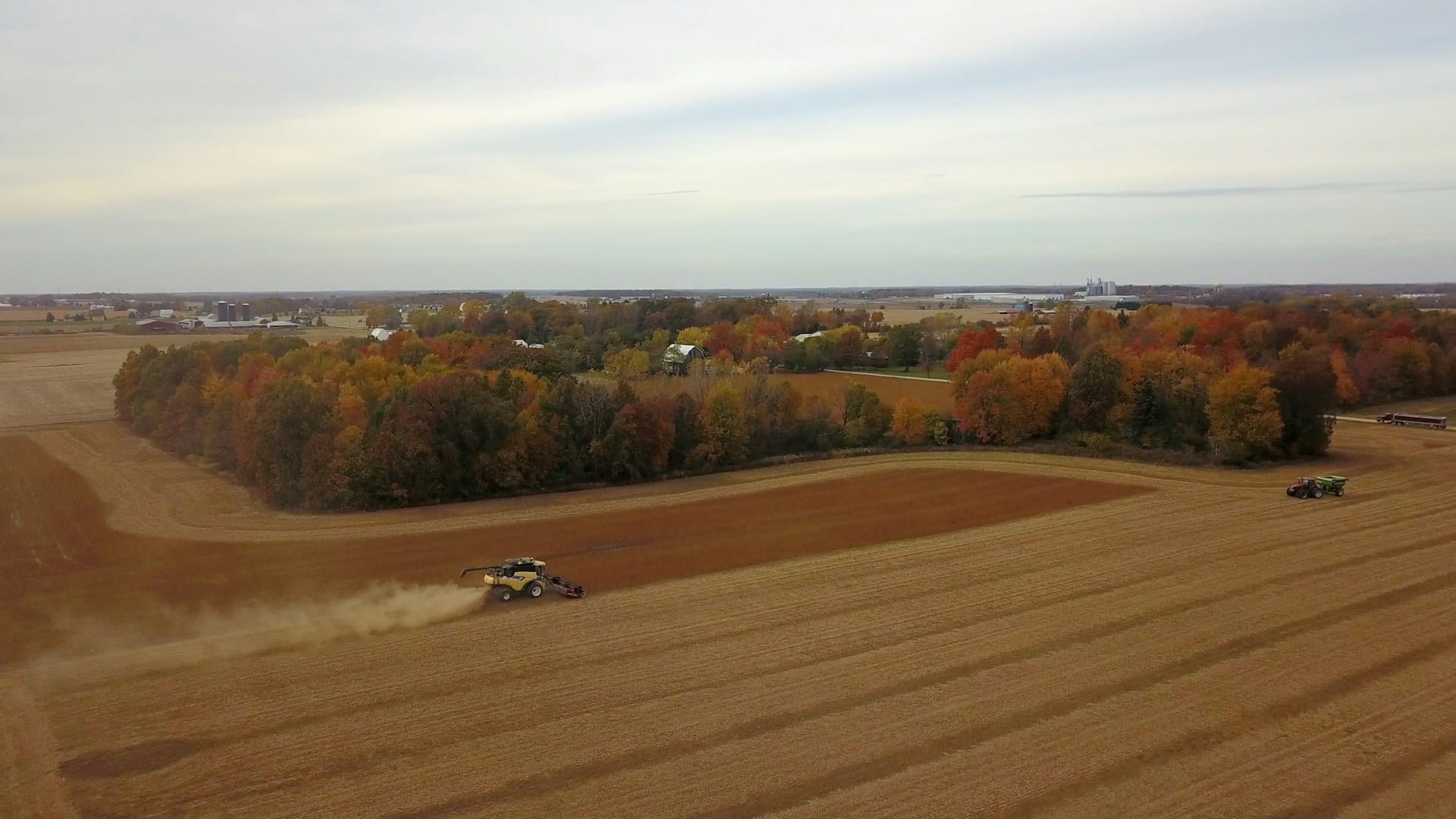
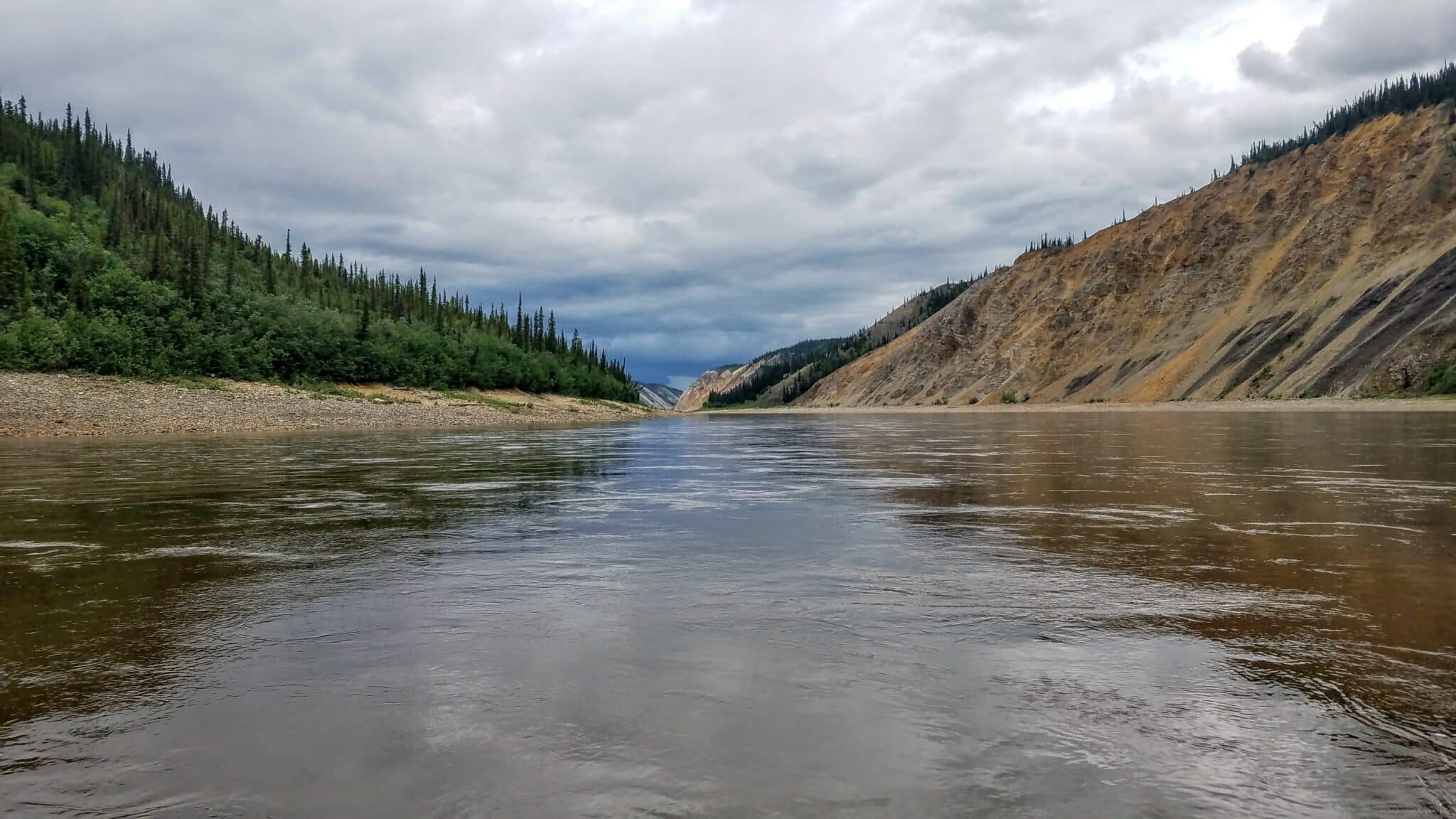
Get Social